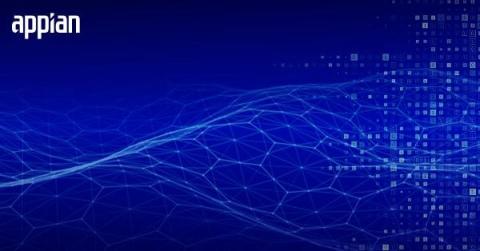Client Lifecycle Management Process: 5 Best Practices for Banks
If you're worried about the potential for heightened regulatory scrutiny in financial services, you're not alone. Business operations teams everywhere are focused on the end-to-end, client lifecycle management (CLM) process as they cope with ever-changing regulations governing how, when, and where client data can be stored and accessed. It's hard to stay compliant when customer data is spread across multiple operational silos.









